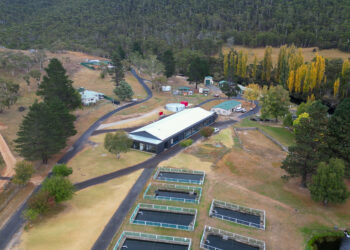
THE East Australian Current (EAC) is considered to be one of the primary drivers of climate along the East Coast.
Recently, results from a three week cruise by the CSIRO’s ocean research vessel, RV Investigator, show that it’s warming and that could cause an increase in inland rain events.
Chief scientist on board Dr Christopher Chapman told ABC news more data is needed to paint a clearer picture of how the EAC is affecting the environment, not just in the ocean but also on the Australian mainland.
“A lot of the water that evaporates and eventually gets rained over the landmass actually comes from the EAC,” Chapman said.
“The warmer the water is, the more readily that water will evaporate and end up as clouds and eventually rain, so we could be seeing some interesting shifts in the climate.
This warming has already seen species of tropical fish moving into southern waters, feeding on kelp and sea grass as they go. Off the Sydney coast, there are now corals growing next to kelp beds.
The EAC can be as wide as 100 kilometres and as deep as 1.5 kilometres and can carry 40 million cubic metres of water per second. It flows from the coral reefs of northern Queensland to the Tasmanian kelp forests.
As well as tropical species now being transported to NSW, temperate species are crossing Bass Straight with the current and establishing populations in Tasmania. The EAC also provides nursery grounds for the larval stages of small pelagic species such as mackerel and herring in its offshore eddies.
















